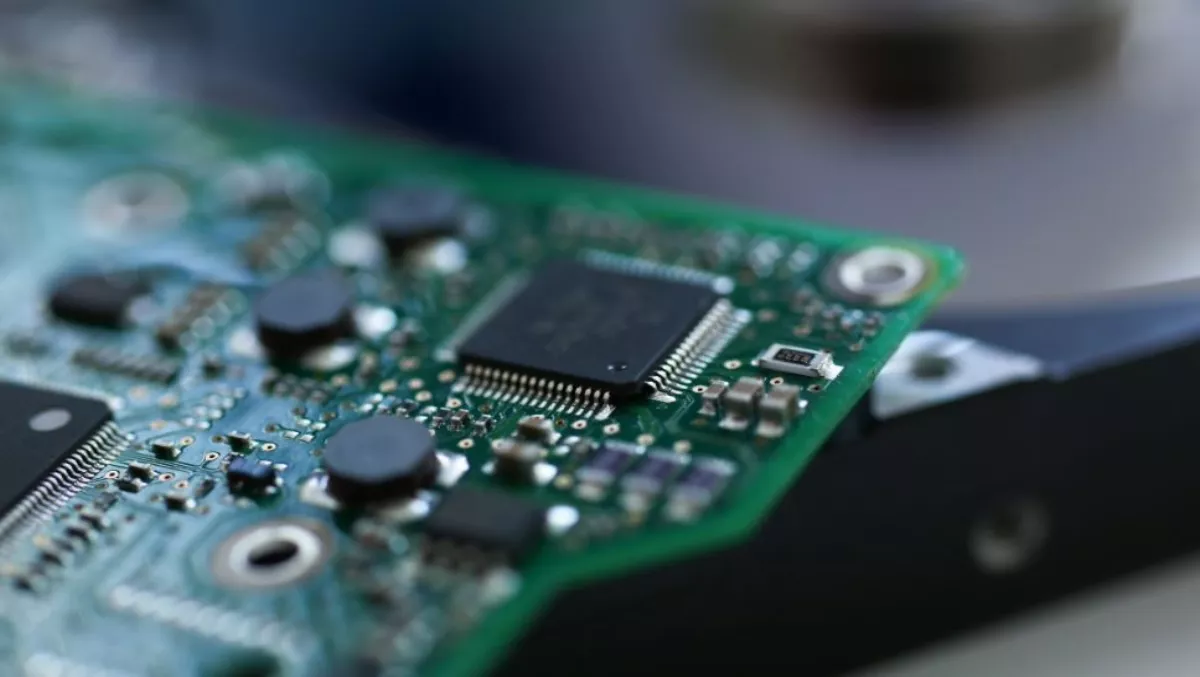
Innodisk tackles SSD data retention challenges in high temperature
Flash memory is a non-volatile storage medium.
This means that data remains on the Solid State Drive (SSD) without power.
There are however certain factors that can lead to data loss and data degradation.
Data Retention: Temperature and P/E Cycles
High temperature and frequent program/erase (P/E) cycles can both severely impact data retention.
Every cell inside flash traps a negative charge that represents a binary value.
These cells are generally very good at holding on to this charge, but every now and then some of the charge will leak out.
Error correction code is normally very good at picking this up and fixing the problem.
High temperatures will, however, speed up the rate of leakage.
Testing shows that the data retention of standard MLC flash decreases 168-fold when moving from 40°C to 85°C.
This means data that would normally last 2 years, will experience issues in only 5 days.
The problem is further exacerbated as the number of P/E cycles increases, meaning that SSDs in heavy-writing environments are particularly at risk.
Innodisk's new iRetention technology tackles this problem through smart firmware and hardware innovations.
An onboard sensor will constantly monitor temperatures, which along with the P/E cycle number is used to calculate how often to refresh the data.
This is all handled by the SSD itself and will self-adjust to changes in the environment.
iRetention is supposedly perfect for devices that see extreme temperatures and thermal variation.


